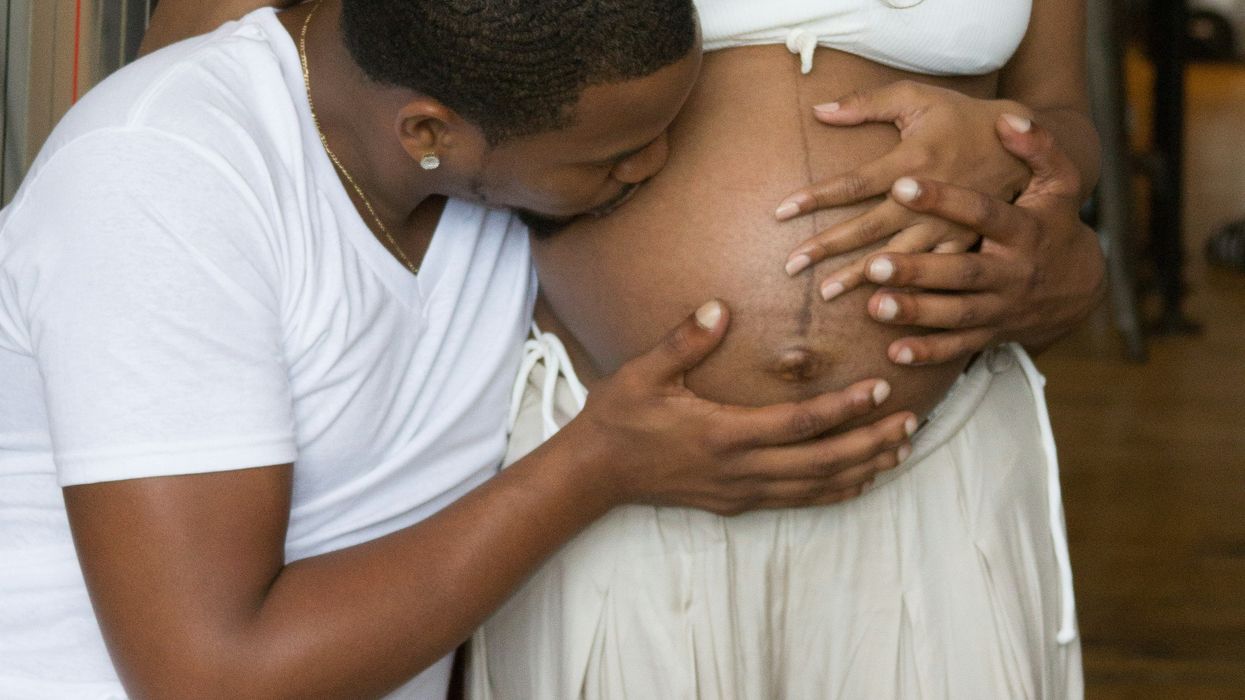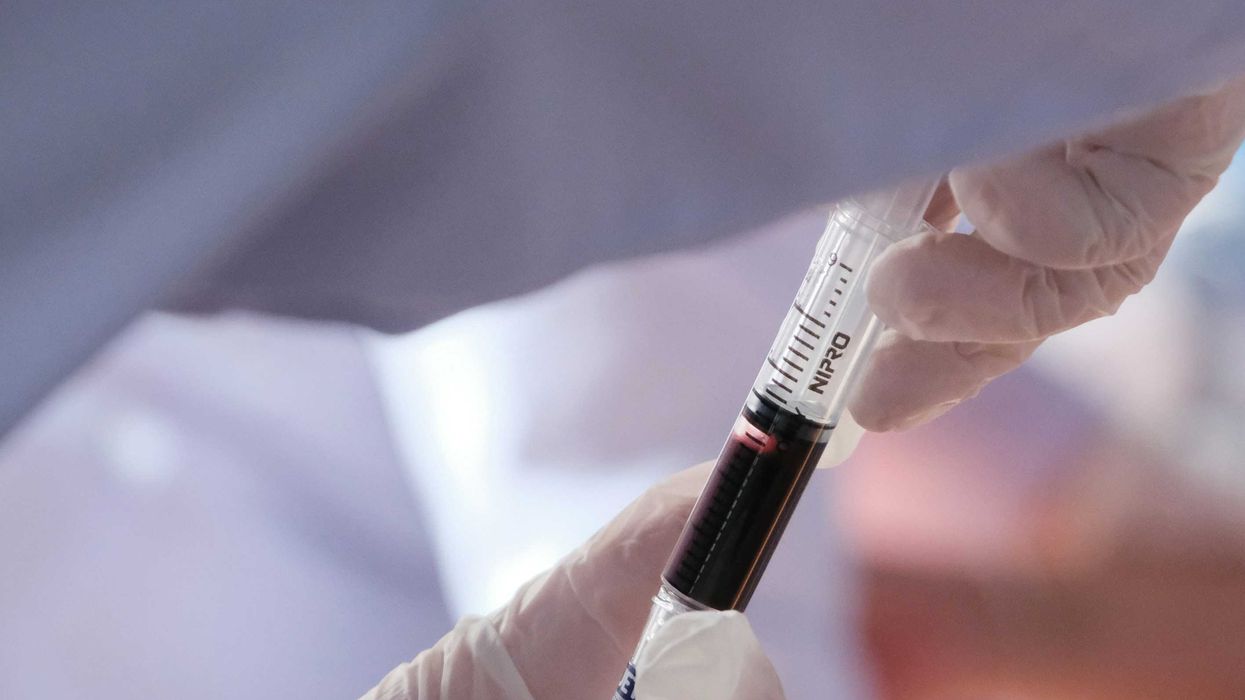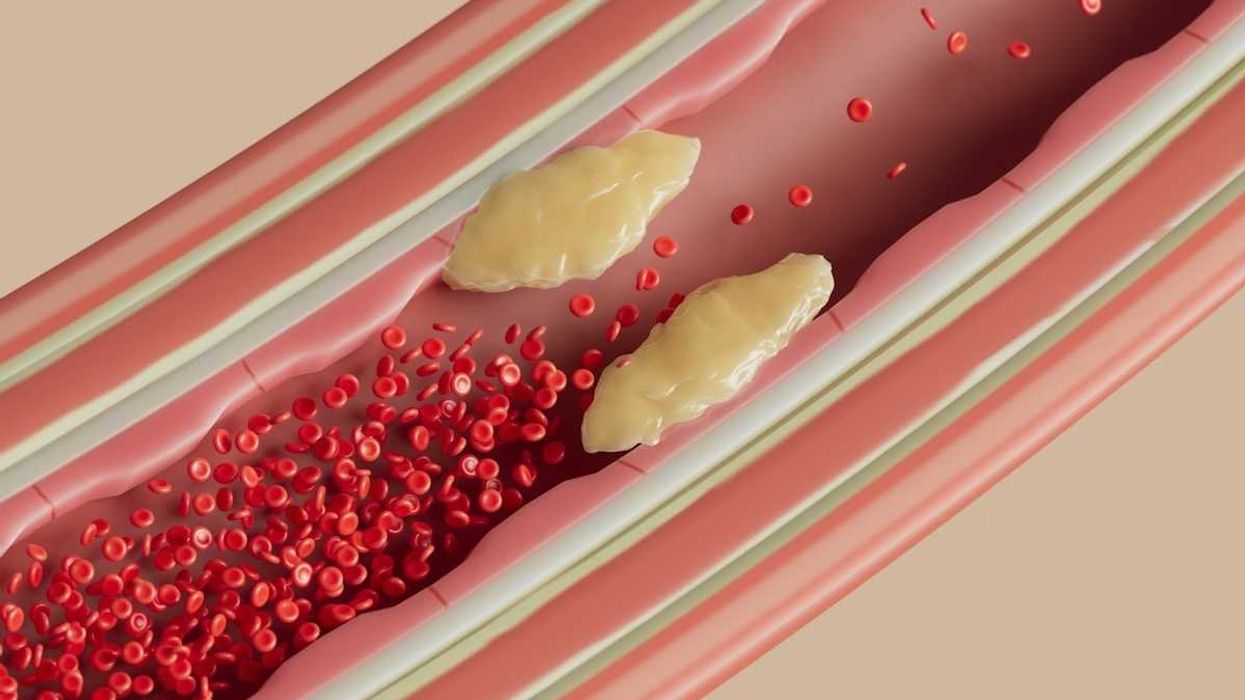A new study published in Environmental Science & Technology detected microplastics in the endometrial tissue of women who had suffered multiple miscarriages.
In short:
- Microplastic particles were found in all 22 human uterus samples tested.
- The particles primarily consisted of 6 types of plastic polymers and came in several different colors, including blue, green, and black.
- In mice, exposure to these particles resulted in reduced fertility.
Key quote:
“Considering that the uterus houses and nourishes the embryo and is key to subsequent fetal development during gestation, there is a pressing need to investigate the presence of [microplastics] in human uterus.”
Why this matters:
Plastic use has continued to grow exponentially since the mid-twentieth century, with nearly a metric ton of plastic waste produced for every person on the planet. With growing evidence of microplastics’ ability to accumulate in human tissue - and potentially even cross through cell membranes - the authors of this study highlight the urgent need for more research on plastic pollution’s impacts on human fertility.
Related EHN coverage:
- Microplastics found in the testicles of both man and man’s best friend
- New study finds microplastics in all human placentas tested
More resources:
- University of California San Francisco: I’m a Microplastics Researcher. Here’s How To Limit Their Dangers
- Consumer Reports: How to Reduce Your Exposure to Plastic in Food (and Everywhere Else)
- Getting a grip on microplastics’ risks ›
- Microplastics are everywhere: Is it possible to reduce our exposure? ›

















